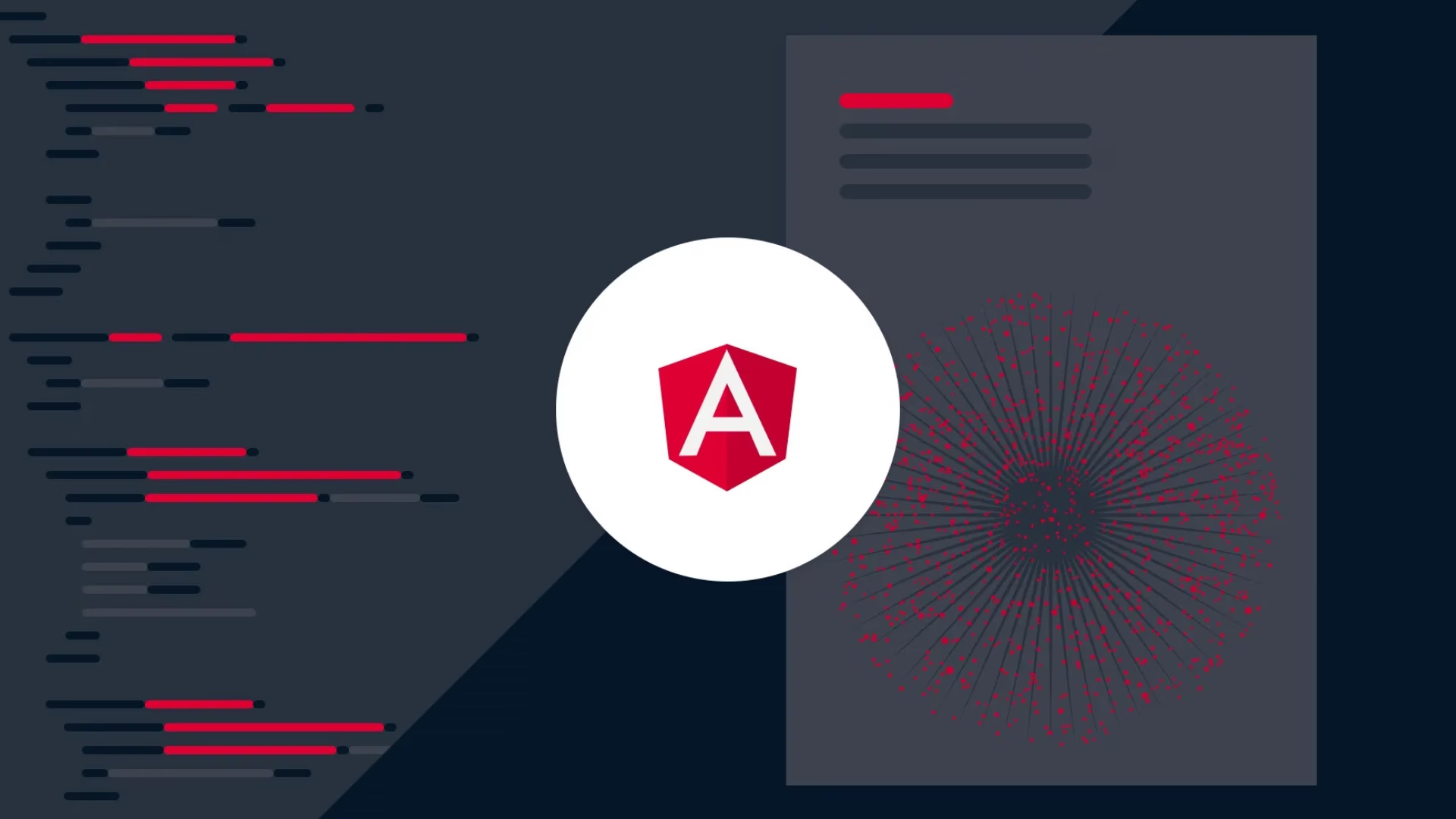React.js: Comprehensive Overview
React.js: Comprehensive Overview
Key Takeaway: React.js empowers agencies to build high-performance, modular, and scalable user interfaces for web and mobile, striking a balance between developer productivity and rich user experiences.
Introduction
React.js is an open-source JavaScript library, maintained by Meta, for creating dynamic user interfaces in single-page and mobile applications. Since its 2013 release, React’s component-based architecture and Virtual DOM have become cornerstones of modern front-end development, enabling rapid updates and code reuse.
History and Origin
- Creator: Jordan Walke, software engineer at Facebook
- Prototype (2011): “FaxJS” emerged to optimize UI updates in Facebook’s News Feed.
- Public Release (2013): React 0.3.0 debuted at JSConf US1.
- Evolution:
- Deployed on Instagram (2012)
- React Native for iOS/Android launched (2015)
- React Fiber rewrite (2017) improved rendering concurrency
- Hooks introduced in React 16.8 (2019) to manage state in function components
- React 18 (2022) added automatic batching and concurrent features
- React 19 (2024) delivered server components, Actions API, and improved hydration1.
Benefits
- Component-Based Architecture: Builds reusable, self-contained UI parts, streamlining development and maintenance1.
- Virtual DOM & Reconciliation: Updates only changed elements, boosting performance in complex interfaces1.
- React Hooks: Simplify state and side-effect management in function components, eliminating many class-based patterns1.
- Ecosystem & Tooling: Rich libraries (React Router, Redux, Next.js) and DevTools accelerate workflows and debugging.
- Cross-Platform Reach: Use React Native to extend web components into native mobile apps, sharing core logic1.
Drawbacks
- Steep Learning Curve: Concepts like JSX, Hooks, and unidirectional data flow require practice to master2.
- Rapid Evolution: Frequent updates can introduce breaking changes or deprecations, demanding ongoing learning and refactoring2.
- No Built-In State Management: Requires third-party libraries (Redux, MobX) for complex state handling, increasing setup complexity2.
- SEO Considerations: Client-rendered SPAs may hinder crawler indexing; solving this needs SSR frameworks like Next.js3.
- Boilerplate Overhead: Initial setup involving bundlers (Webpack, Vite) and tooling can be time-consuming2.
Use Cases
| Category | Examples |
|---|---|
| Single-Page Applications (SPAs) | Dashboards, CMS backends, interactive portals—leveraging Virtual DOM for seamless page updates4. |
| Social Media & Real-Time UIs | Facebook, Instagram feeds—dynamic content rendering with stateful components and efficient diffing1. |
| E-commerce | Fast-rendering product catalogs, shopping carts, and checkout flows; SSR via Next.js for SEO4. |
| Data Visualization & Dashboards | Live charts and analytics tools; integrates with D3, Recharts, and custom canvas elements4. |
| Mobile Apps (React Native) | Cross-platform mobile applications sharing logic with web code, reducing time and cost4. |
| Educational Platforms | Interactive lessons, quizzes, and collaboration tools—leveraging component reuse for varied content4. |
| Enterprise & CRM/ERP Systems | Scalable, maintainable UIs for complex business tools with Redux state management4. |
| Real-Time Collaboration | Chat apps, collaborative editors updating multiple clients with minimal latency4. |
| IoT Dashboards | Control panels and monitoring interfaces for connected devices, using modular components4. |
Conclusion
React.js stands out for modularity, performance, and an expansive ecosystem, making it ideal for agencies delivering robust web and mobile solutions. While mastering its paradigms and managing tooling overhead requires effort, the payoff in development speed and application responsiveness is substantial. By combining React with SSR frameworks, state-management libraries, and best practices around component design, agencies can deliver future-proof, maintainable, and SEO-friendly applications.
references:
- https://en.wikipedia.org/wiki/React_(software)
- https://reactmasters.hashnode.dev/top-5-advantages-and-disadvantages-of-react-js-in-2024
- https://dev.to/malikhaziq/limitations-of-react-js-28c5
- https://ellow.io/advantages-and-disadvantages-of-react-js/
- https://www.geeksforgeeks.org/what-are-the-limitations-of-react-js/
- https://www.fastcomet.com/blog/advantages-and-disadvantages-of-react-js
- https://www.reddit.com/r/reactjs/comments/aro228/what_can_be_some_disadvantagesproblems_of_using/
- https://www.reddit.com/r/webdevelopment/comments/14penge/what_is_the_actual_pros_and_cons_of_using_reactjs/
- https://pangea.ai/resources/reactjs-frameworks
- https://taglineinfotech.com/blog/reactjs-advantages-and-disadvantages/
- https://matchboxdesigngroup.com/blog/the-pros-and-cons-of-using-reactjs/
- https://www.tutorialspoint.com/reactjs/reactjs_advantages_and_disadvantages.htm
- https://serverspace.io/about/blog/review-of-the-react-js-framework-advantages-disadvantages-and-use-cases/
